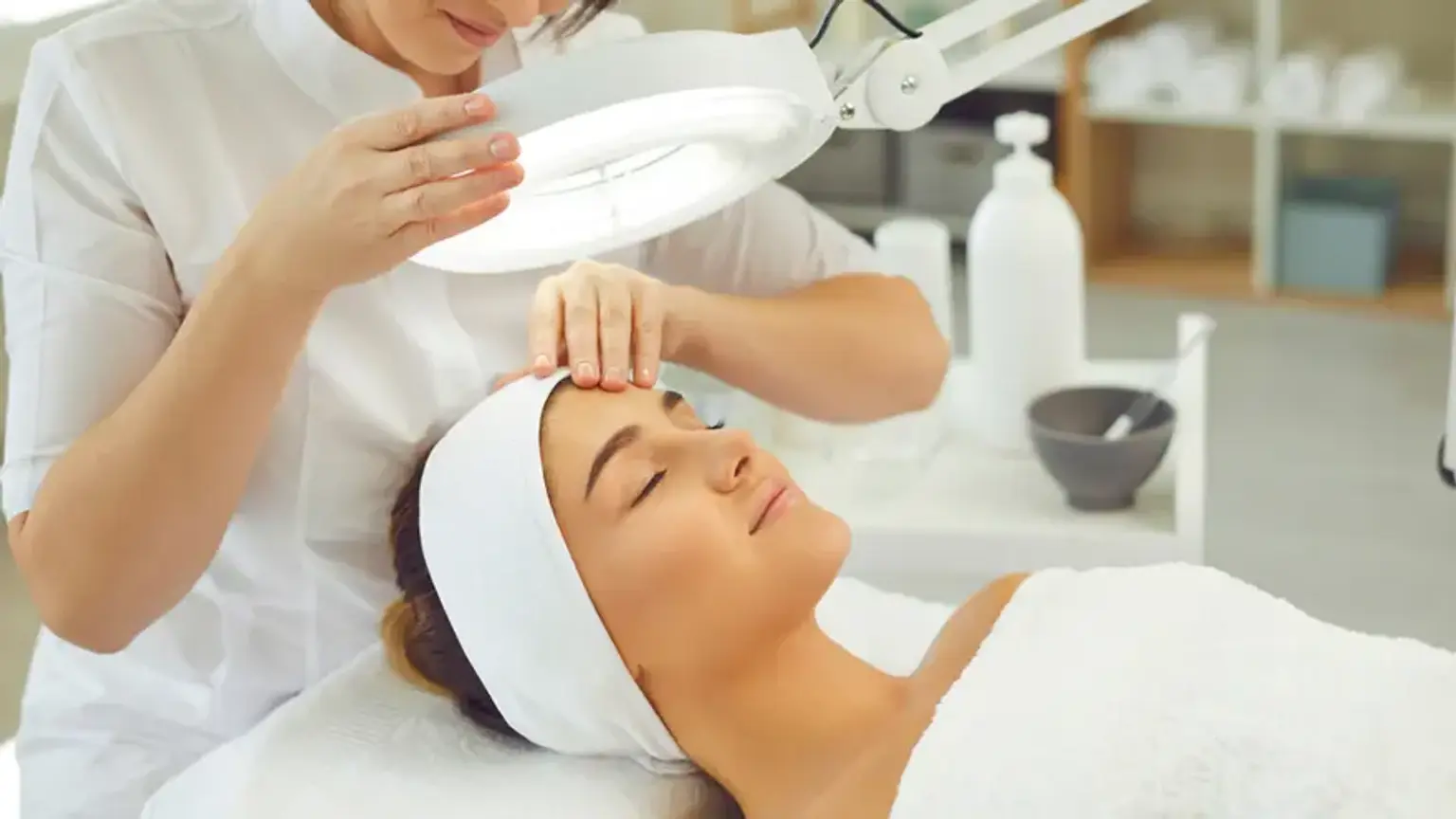Overview
The skin is an amazing organ. It serves as your first line of defense against disease, protects your other organs, heats and cools you, and transmits signals about how healthy you are on the inside. Dermatologists are highly skilled medical doctors and skin surgeons with the knowledge and expertise to provide the finest possible treatment for the organ that cares for you.
Dermatology is the discipline of medicine that deals with skin problems. It is a specialization that encompasses both medical and surgical components. A dermatologist is a doctor that specializes in the diagnosis and medical/surgical treatment of skin, hair, nail, and mucous membrane illnesses.
What is a Dermatologist?
A dermatologist is a doctor who specializes in skin, hair, and nail disorders. A dermatologist can diagnose and treat over 3,000 ailments. These disorders include, among others, eczema, psoriasis, and skin cancer.
Dermatologists have significant training, attending school for 12 years or more to learn to diagnose and treat over 3,000 skin, hair, and nail illnesses, as well as aesthetic problems. Dermatologists are consulted by patients for problems that go beyond the surface of the skin. Skin problems can impair patients' self-esteem, cause discomfort that makes daily tasks difficult, and, in severe cases, endanger their lives.
If you were to see a dermatologist at work on any given day, you may notice the following:
Treat a baby's prominent birthmark that is endangering the child's vision.
Remove a mother's fatal melanoma while it is still in its early, curable stage.
Provide assistance to a student whose persistent eczema makes sleeping difficult.
Determine the life-threatening liver ailment causing a grandfather's excruciating itching.
Treat a young woman's hair loss, allowing her to obtain the confidence she needs to finish a job hunt.
